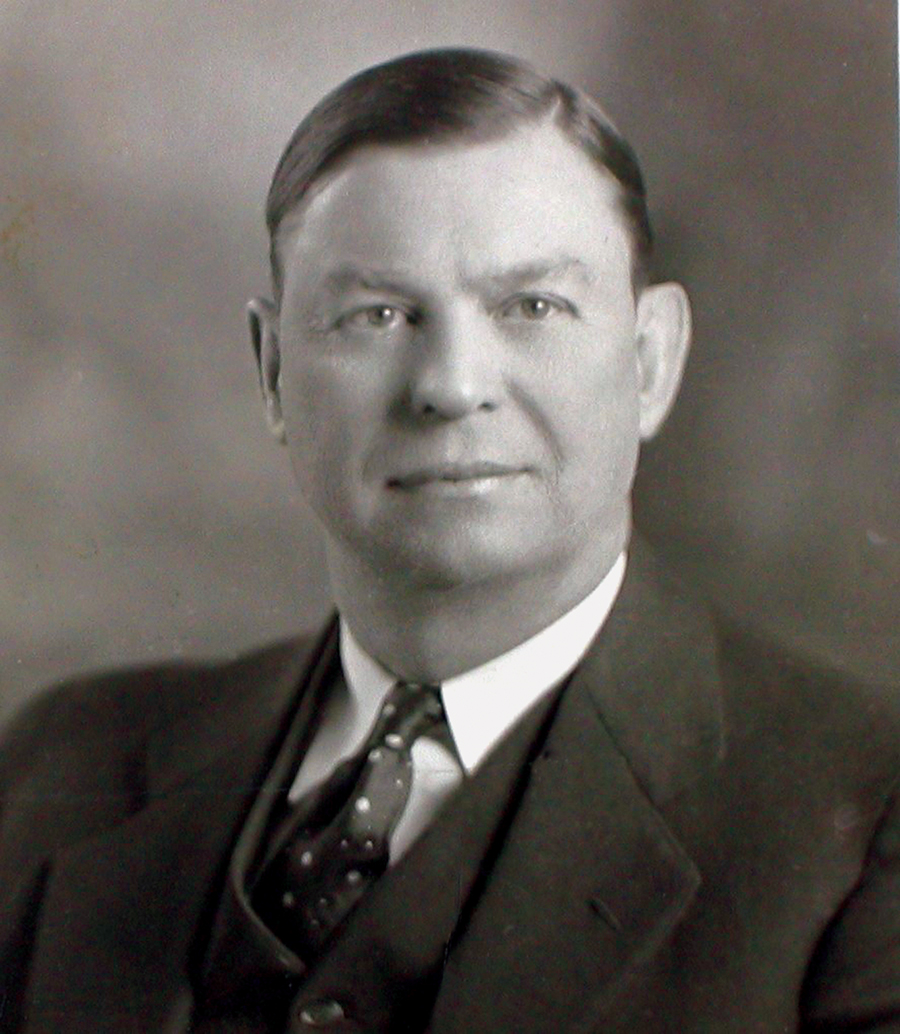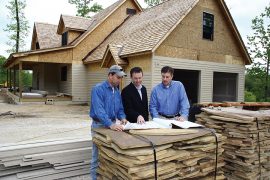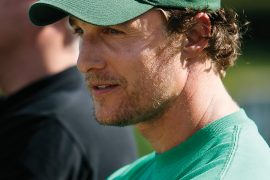A new documentary about the life and times of Cam Henderson lends further proof that the innovative and pioneering coach belongs in college basketball’s Hall of Fame.
By Ernie Salvatore
HQ 61 | SPRING 2007
Among history’s most famous searches, the one Diogenes undertook in ancient Greece looking for an honest man surely ranks among the best in human nature for its sheer stubbornness.
In Deborah Novak and John Witek, Huntington’s husband and wife filmmakers, Diogenes certainly has a pair of latter day soul mates whose collection of award-winning documentaries is joined by their latest effort, “Cam Henderson: A Coach’s Story.”
As with “Ashes to Glory,” the duo’s pulsating documentary of the Marshall football plane crash – that had long preceded Hollywood’s quasi-fictional “We Are Marshall” – researching Henderson’s coaching career was a daunting task. Record keeping at Marshall athletics in the Henderson era was often sketchy or scattered about hither and yon. This was also the case at other places Cam had coached, such as Davis & Elkins College, or Bristol High School, near Clarksburg, where he invented basketball’s zone defense and the fast break counter-attack.
To research movies and photographs of Henderson’s life, Deb and John drove 12,000 miles over 7 states, visiting the deep, dark corners of school libraries. They also traveled the country to meet ex-Henderson athletes and to conduct interviews with those who still remembered “The Old Man.”
“We would get snippets of information about Cam and that would spur us to go on and look further,” Deb said. “Then, suddenly, in the back pages of a dusty old yearbook, we’d find a great photo of Cam’s players like Jule Rivlin – the former All-American with black hair who was so quick with great, sensitive hands.”

Researching archival film footage took the better part of two years of work, but the couple scored a winning touchdown when they found color movies of Jackie Hunt, one of the nation’s greatest football players in the pre-World War II era. The film even shows Marshall’s 1941 victory over the Wake Forest Demon Deacons at old Fairfield Stadium.
“When people watch the documentary,” Deb said, “I’d like them to know that they are watching rare footage that we worked very hard to find.”

This is especially true of the film footage of The Old Man himself. Since Cam didn’t like sportswriters, movies of him are practically non-existent. Yet Witek & Novak managed to find shots of him coaching from the sidelines.
To read the rest of “The Legendary Cam Henderson ,” please visit the Back Issues page of our website to purchase this issue of the Huntington Quarterly.





